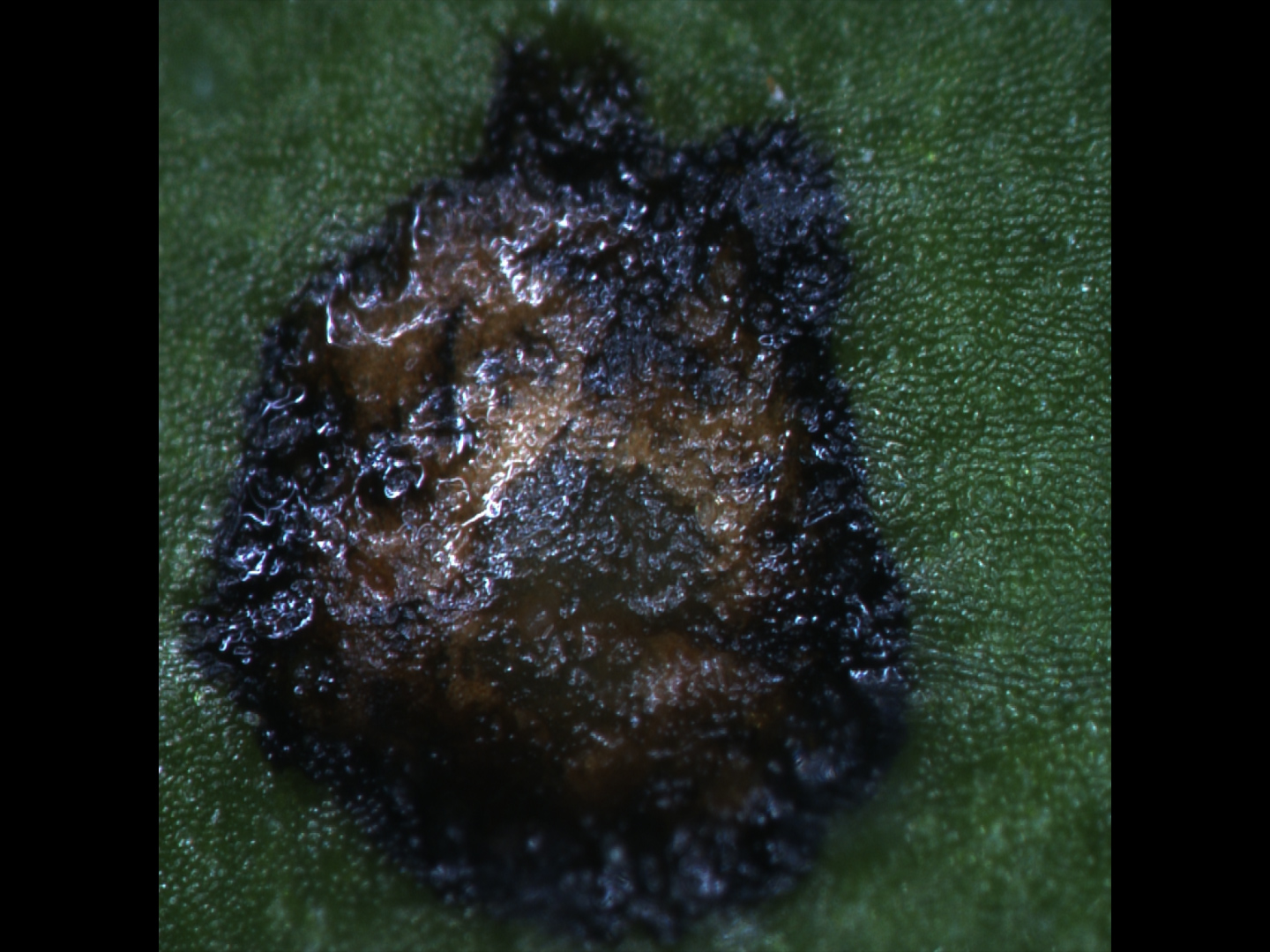
|
|
|
|

|
|||
|
|
|||
|
|
|||
|
A pesticide diagnostic laboratory has been established at the Yuma Agriculture Center
to help meet the demand for precise and accurate information on the presence of
pesticides in soil and plant tissue. This information can be useful in making management
decisions, diagnosing field problems and supporting research. Several people and
organizations have helped us learn how to extract various herbicides from soil and
plant tissue and how to detect them using liquid chromatography. It is not enough,
however, to provide results. These results have to be accurate, timely and meaningful.
We have verified that our extraction and analytical methods are accurate. A critical
component in the analysis is how representative the sample is. Historically there
have been no guidelines on how on to sample vegetables for pesticide analysis. We
know that herbicides function differently in soil and plant tissue and that different
sampling procedures are likely required for many of them. We initially concentrated
on three lettuce herbicides, Balan, Prefar and Kerb although we has so far analyzed
for 9 different compounds. We have found that soil analysis is far more accurate
and consistent than is tissue analysis. All three of these herbicides are applied
to the soil where they are picked up by the weeds and crop. Only Kerb moves much
in the plant while Balan and Prefar hardly move at all. What is found in the plant
has been filtered through the soil and the plant and if any at all is found in the
crop, it is characteristically from 0.1 to 3 ppm. Seeding plants are hard to sample
and the amount we find in them is extremely variable. In contrast, we find between
3 and 150 ppm of these 3 herbicides in the top inch of soil and it is far more consistent
than what we find in the plant. The soil is also far easier to sample. To date we
have processed 71 samples for 9 herbicides from the Yuma, Gila ,Dome and Wellton
Mohawk Valleys. Until we have a larger database we need to compare levels measured
from unaffected parts of the field with those measured from affected parts for comparison.
If you have samples that you would like us to run, please drop them off at the Yuma
Agriculture Center.
Find out what caused the injury on the leaf below. See how the injury progresses
in a time-lapse photography video
here.

To contact Barry Tickes go to: btickes@ag.arizona.edu.
|
|||
| Back | |||
|
For questions or comments on any of the topics please contact Marco Pena at the Yuma Agricultural Center.
|
|||
|
Home |
Cotton | Veggies |
Forages | Grains
| Citrus |
Crop x Crop Insects | Diseases| Weeds | Pesticides | Economics | News | Weather | Research | Photos | Contacts | General Info. Copyright © 2001 University of Arizona, College of Agriculture and Life Sciences Webmaster: Al Fournier (acis@ag.arizona.edu) |
|||
